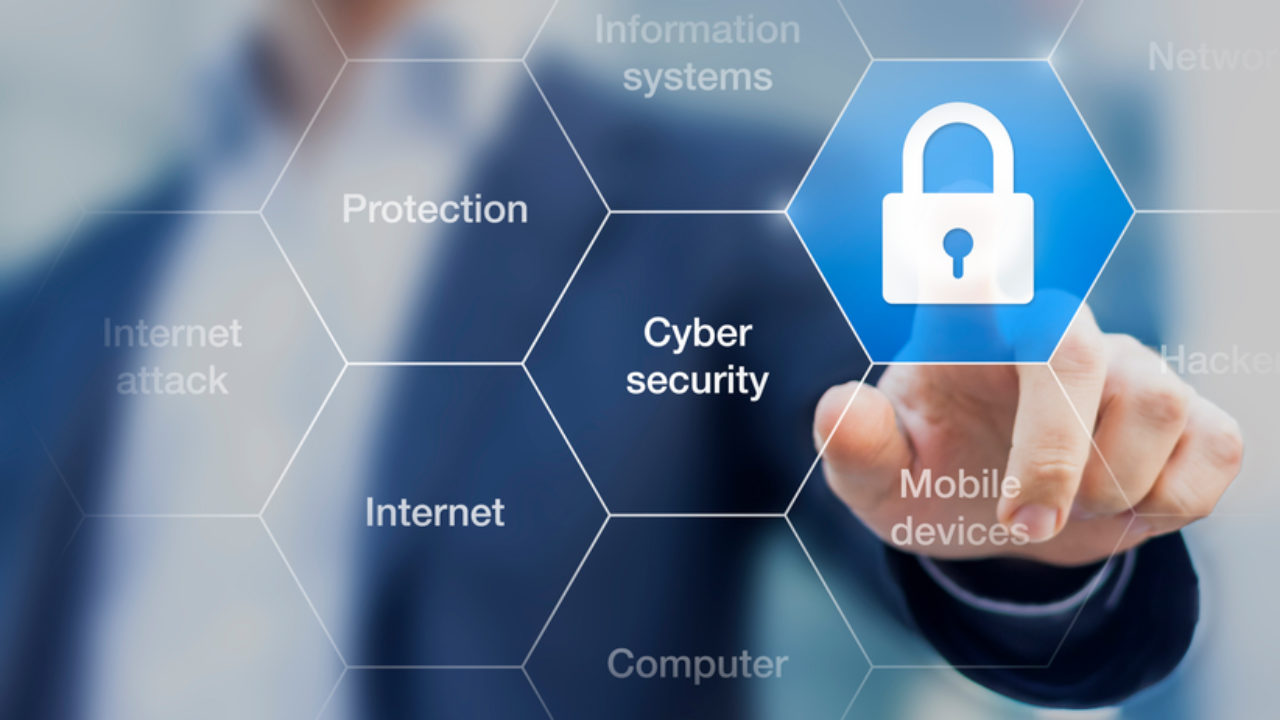Four Effective Ways to Manage Your Cyber Security

Computer-related crime is on the increase and global cybersecurity spending will likely be in the hundred billions in the coming years. Indeed, with attacks being reported every few seconds, business leaders now feel their companies are at an increased risk from hackers.
The statistics are daunting, but thankfully, there are numerous ways to protect your company. By taking a few sensible precautionary measures, you can mitigate risks and significantly reduce your chances of falling victim to a cyberattack.
The importance of staff education and training
Employees pose the greatest security threat to your company, either through negligence, or, less frequently, through pre-meditated attacks. Statistics show a staggering 78% of all corporate cybersecurity problems are caused (directly or indirectly) by employees — mostly as a result of not following security protocols.
To protect against problems, you must raise security awareness among your staff and educate them against the risks. By far the most common employee-generated attack is through phishing, a process whereby an attacker assumes the identity of someone else via a bogus website, email, or other form messaging.
Employees are duped into inputting passwords, login details or other sensitive data, effectively granting the hacker direct access to your systems. Educating employees to be aware of phishing attacks and to ignore suspicious contacts or websites will reduce your susceptibility.
Monitor and protect connected devices
The use of smart devices is becoming increasingly prevalent in our work and personal lives, but these same gadgets can present significant extra hazards when it comes to network security. There are three main areas which cause issues, mostly because of poor device management:
- Internet of Things (IoT): The IoT describes any autonomous smart device connected to your network. This includes anything from a wireless printer to an intelligent lighting system. Problems arise when these devices have not been adequately protected from attack, effectively granting hackers a backdoor pass to your sensitive company data. Always check security compliance before adding anything to your network and make sure you regularly check for software updates.
- Bring Your Own Device (BYOD): BYOD is the practice of allowing employees to use their own devices on your network (e.g. cellphones, tablets and laptops). If the machine in question does not have adequate security, it can allow hackers a straightforward route into your system. Installing antivirus/anti-malware software can combat malicious attacks, but, for ultimate protection, limit employee access to properly-vetted, company-provided devices.
- Lost equipment: Most operating systems these days feature password managers to save users having to input login details. While these are convenient, if an employee loses their phone or tablet, it can open a world of opportunities to a skilled hacker. Ensure all employees are aware they should report a lost device immediately to your network team to avoid potential problems. Also, insist staff install phone-tracking and remote lockdown software to prevent unwanted intruders.
Enlist the help of a professional cybersecurity company
Some preventative cyber-protection is relatively easy to set up; however, for total peace of mind, you should look at outsourcing your IT and networking requirements to a specialized company like Firstsolution.co.uk.
IT security companies are well-versed in potential security issues and can guide you every step of the way, making sure your network is as protected and bulletproof as possible. Moreover, professional security companies offer ongoing monitoring and solutions should the worst happen and you find yourself compromised.
Agree and enforce rules and working practices
Establishing clear and defined security practices reduces the chances of your employees accidentally making mistakes when it comes to your company’s security. Work policies can range from insisting on secure passwords (alphanumeric are best) to standardizing file transfer protocols and services. If the rules are clear from the start, your employees are far less likely to put your company at risk accidentally.











